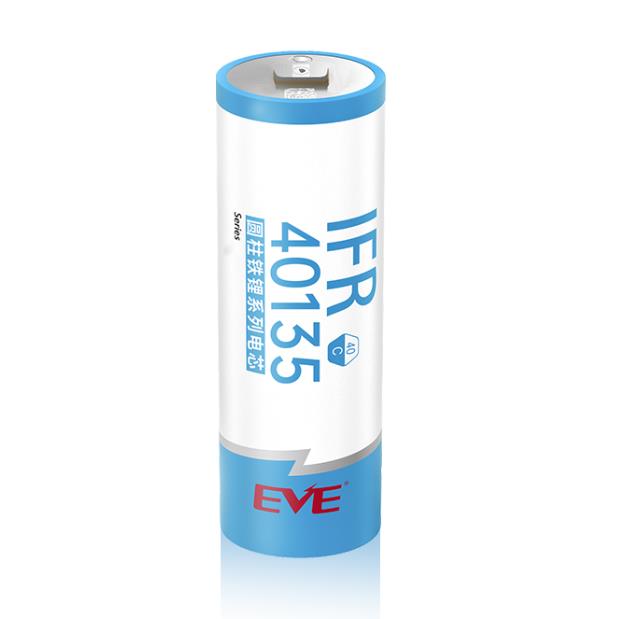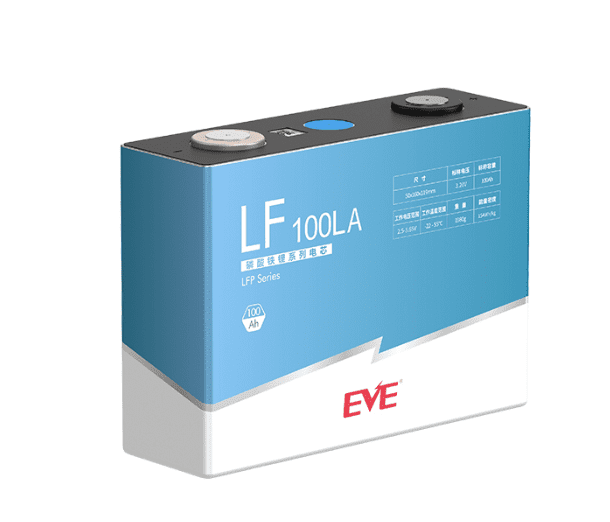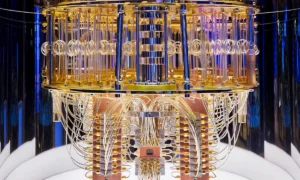Lithium LiFePO4 batteries are the most commonly used batteries in all industries. They are available in different cell shapes and formats to satisfy the needs of each user, in various scenarios. The two major LiFePO4 battery cell types include cylindrical cells and prismatic cells. As their names suggest, one features a cylindrical structure while the other has a prismatic structure.
However, the shape is not the only factor that keeps them apart. The difference between them also lies in many other aspects.
Key Differentiating Factors
There are many differences between cylindrical and prismatic LiFePO4 cells. Only by learning about them will you be able to make an informed decision regarding which one to choose depending on your needs. The key differentiating factors between the two include the following:
1. Integration Level
When it comes to integration level and volume utilization, prismatic cells are a superior choice thanks to their square, low-profile design, making it possible to arrange the cells closely, without any gaps like the cylindrical cells inevitably have. The circular cross-section design of cylindrical cells prevents them from fully utilizing the available space, hence reducing their packaging density and integration level.
2. Expandability
Expandability is another key drawback of prismatic cylindrical batteries. As compared to their prismatic counterparts, cylindrical cells find more difficulty in expanding their capacities, as they may require tens of thousands of cells, while prismatic cells only take a relatively small number to expand.
The expansion of prismatic LiFePO4 cells is simpler, giving them more edge in this regard.
3. Life Span
Cylindrical battery cells handle internal pressure well. Not to mention the battery can continue to operate if one cell fails. Overall, they have a longer cycle life.
Prismatic LiFePO4 cells have a shorter cycle life, partially due to their inconsistency issue. The poor performance of one prismatic cell may come to affect the entire battery pack’s performance, reducing the life span in general.
4. Weight
Prismatic cells are designed to be lightweight and skinny. They also use metallic, stainless steel, and aluminum shells as opposed to steel shells of cylindrical cells, hence making them lighter.
5. Energy Density
Prismatic lithium LiFePO4 cells have a superior energy density as compared to cylindrical LiFePO4 cells thanks to their configuration. The prismatic shape of the cell makes it easier to connect multiple separate cells to produce a battery pack.
6. Manufacturing Cost
As compared to prismatic cells, cylindrical cells are not only faster to manufacture but also have a cheaper cost per kilowatt hour. This is the result of the matured manufacturing industry. Prismatic cells are difficult and hence, costlier to manufacture.
Conclusion
From these key differences, it is clear that both cylindrical and prismatic LiFePO4 cells have their own set of strengths, making them suitable for different applications. In the end, it is up to you to decide which one to choose depending on your specific needs. Generally, cylindrical cells are used in power tools, e-bikes, laptops, and medical instruments. Prismatic cells are more suitable for small and portable electronic devices, e.g. mobile phones.
No matter what your specific requirements may be, it is recommended that you buy a quality product from a reputed manufacturer, such as EVE Energy Co., Ltd. Established in 2001, EVE is a global lithium battery company with years of experience in the industry. Adhering to the most stringent safety and quality standards, EVE has offered our customers durable, safe, and high-performance products they can rely on for more than 2 decades. EVE LiFePO4 batteries feature higher capacities and longer life spans. EVE also offers custom solutions to fulfill the individual needs of our clients.
As a seasoned lithium battery manufacturer, EVE offers both cylindrical and prismatic LiFePO4 cell products. In the cylindrical cell category, you can choose C40. It offers the following:
- 3.2V, 20000mAh nominal capacity
- High-energy density with long-lasting cycle life (more than 2,000)
- Supports fast charging
- Safety features
- Outstanding high and low-temperature cycle
- Suitable for power tools, vacuum cleaners, gardening tools, e-bikes, and more
In the prismatic cell category, the company offers its popular LF100LA with the following features:
- 3.2V, 100Ah nominal capacity
- Long life cycle
- Ultra-safe leak/explosion-proof design
- Eco-friendly and stable
- Customization available
- Suitable for new energy passenger cars, ships, buses, telecom ESS, household ESS, and more
Overall, both cylindrical and prismatic battery cells have their own set of advantages. There is no ‘one-size-fits-all’ approach when it comes to choosing LiFePO4 battery cells. There are situations where a cylindrical cell is a logical choice and in others, a prismatic cell makes the most sense. No matter what you need, you can count on EVE to supply the highest-quality product at reasonable pricing.
Get in touch with EVE today to discuss your specific requirements.

































